In 2005 I moved to Budapest, to study in the Masters of Environmental Science, Policy and Management (MESPOM) programme at Central European University (CEU). More than 10 years on, MESPOM was one of the best decisions of my life. Studying with 50 students from 35+ countries meant that every lecture followed in international reflection. I learned as much from my fellow students as I did from the coursework and my professors – and certainly my adopted city Budapest.
Budapest (population 1.75 million) is the Hungarian capital. It sits at the centre of Europe, divided by the mighty Danube River. It is a mesmerizing city, a beautiful city, a historic city, a complicated city, a changing city. So many memories took place in this beautiful historic complicated place that I hold close with a smile…

In May 2016 I returned to Budapest for CEU’s Department of Environmental Science and Policy reunion. A ridiculous feeling of nostalgia overtook me upon my return to Budapest, culminating as I pushed open the heavy door at CEU’s main entrance.

With a goofy grin plastered permanently on my face, and a reflective lump stuck in my throat, I walked around the city in a trance. All 5 senses were engaged:
- the smell of spring trees after a recent rainfall;
- the sights of co-existing order and chaos: gazing across the Danube to Hungary’s magnificent parliament, or dodging speeding taxis when scurrying across crowded intersections;
- the sounds of Budapest’s historic Metro, operating over 100 years with the same musical chimes at every stop;
- the tastes of farmers’ market cheese, of Pálinka (brandy) at our reunion celebrations, or of lángos (fried bread) at street market cafés;
- the touch of damp crumbling brick; the tenderness of tired feet that attempted to walk the entire city again in one day, then dance barefoot all night at alumni celebrations.
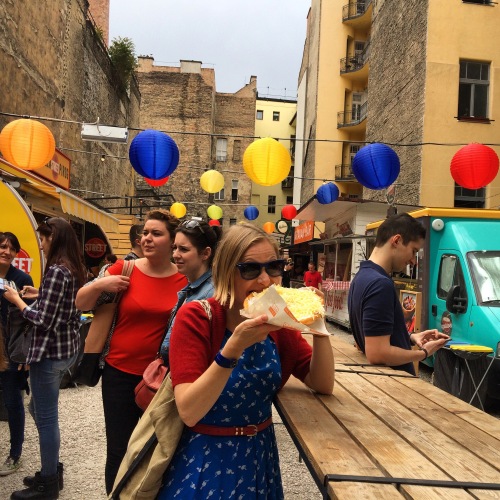
Ten years since I first encountered magic Budapest! What an overwhelming feeling to reflect on all the changes and accomplishments in this dynamic, transitional city – and equally in myself. Budapest is the type of city that you can sink your teeth into: you can taste it, feel it, dance with it. It leaves you craving more. Budapest offers this feeling for everyone, because it is so many things at once.
- Budapest is classy: historic churches, concert halls, iconic monuments and stately buildings fill its skyline. Buda Castle hosts wine-tasting festivals featuring Hungary’s finest grapes; its ancient bathhouses reek with tradition, offering glimpses into the city’s long history as the crossroads of Europe – the seat of kings, empires and hard fought battles. Budapest silently reminds its wanderers to look up: magnificent statues guard the tops of its buildings, offering secrets of the city’s past.
- Budapest is artsy: it hosts summer concerts on its famous Chain Bridge, closing it to motor traffic on summers’ weekends. Musicians perform in its city squares and Budapest hosts one of Europe’s largest music and cultural festivals, the Sziget Festival – on Margit Island in the middle of the Danube. Equally, Budapest has some of the best street art scenes in Europe: bright, busy canvases take over entire buildings, adding color to the city’s central and backstreets. But keep your eyes open: in addition to these building-size art works, small statues fill quiet corners offering artist pleasure in unexpected places.
- Budapest is edgy: a Budapest hipster is a different breed of hipster, more authentic, more focused, creating change in the city they love. Budapest hipsters do not only ride fixies or sip craft beers because it’s hip; they push for better bike infrastructure or to further local food consumption in the city. Budapest hipsters are more creative; they are activists and visionaries: taking over crumbling buildings or city squares and turning them into some of the very best pubs and cafés in Europe: the so-called ‘ruined pub’ phenomenon. (See Szimpla, the bar that started it all). With so many cool initiatives and successful examples of change – from the best bars, to lobbying for better cycling infrastructure or walkable streets – I want to be a Budapest hipster.
- Budapest is trashy: it’s a magnet for obnoxious stag (bachelor) parties and stumbling drunken men determined to live the most epic or embarrassing night or their lives, or to pass out trying. Budapest also competes for the title of Europe’s pornography capital.
- Budapest is educated: it hosts some of the region’s strongest universities, and it is a hub for European students keen to study medicine or veterinary science. Budapest is also home to my alma mater, Central European University, which can confidently consider itself one of the most international universities in the world: no nationality has more than 10% of the student population. CEU, built soon after the reunification of Europe, has as its mission to be a defender of democracy, of open thought and open societies.
- Budapest is romantic: it is a city of garden parks full of fountains and roses, a city of romantic bridges, castles and parliaments that light up at night, reflected into the Danube, reveling the city’s full charm. It is a city (increasingly) of fine dining, of slow food in soft light.
- Budapest is dirty: for all its charm, change and class, beyond the grandeur of its gorgeous monuments, its festivals or its street cafés, Budapest’s alleys are littered with broken glass, dog shit or old furniture that someone was too lazy to dispose of. It’s filled with the ghosts of small shops that didn’t make it, now represented only by dusty vacant windows in this climbing and cutthroat real-estate market. Its backstreets smell of piss, as a constant reminder that the city is in desperate need to address the basic service needs of its homeless community – especially in the winter months.
- Budapest is evolving: it is a city of problems, full of opportunity. It uses its past as an asset in its future, constantly redefines its own sense of urban cool. Budapest is a city with a committed civil society keenly interested to improve the city that they love. On the radar of fancy brands keen to stimulate this city’s capitalist cravings, some 20 years after the fall of communism, this is countered by urban activists seeking balance to maintain the local flare of this magic city.
Budapest: you are so many things. I hope I did you justice ol’ friend.

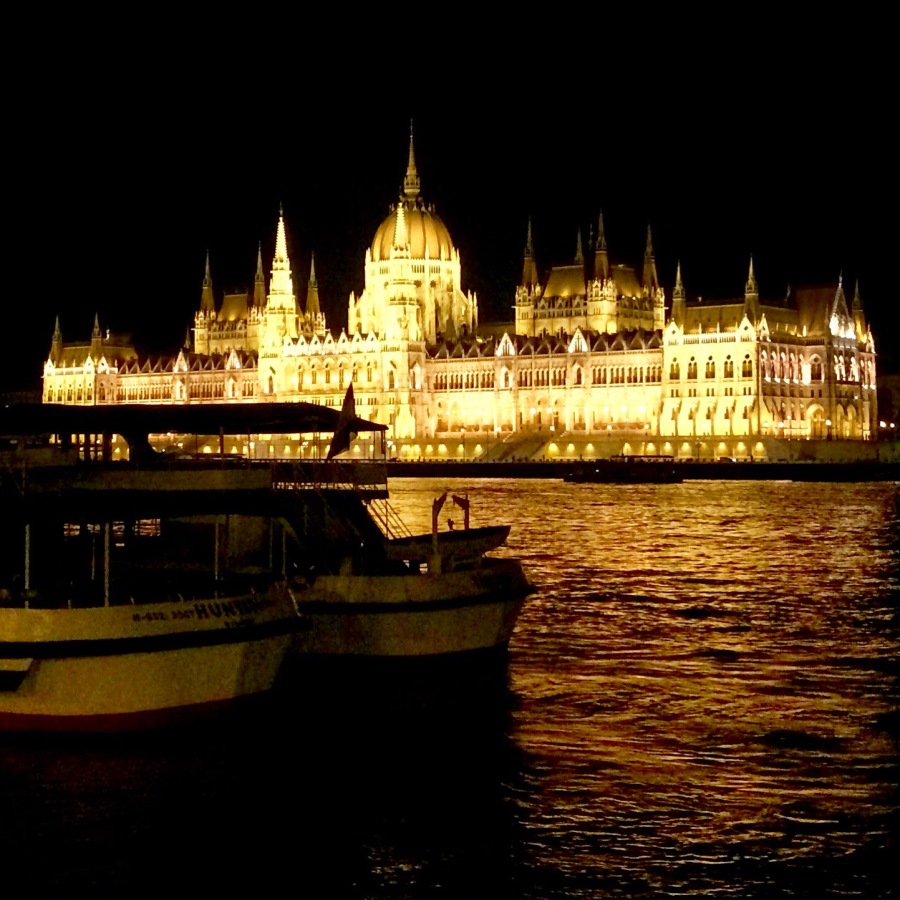

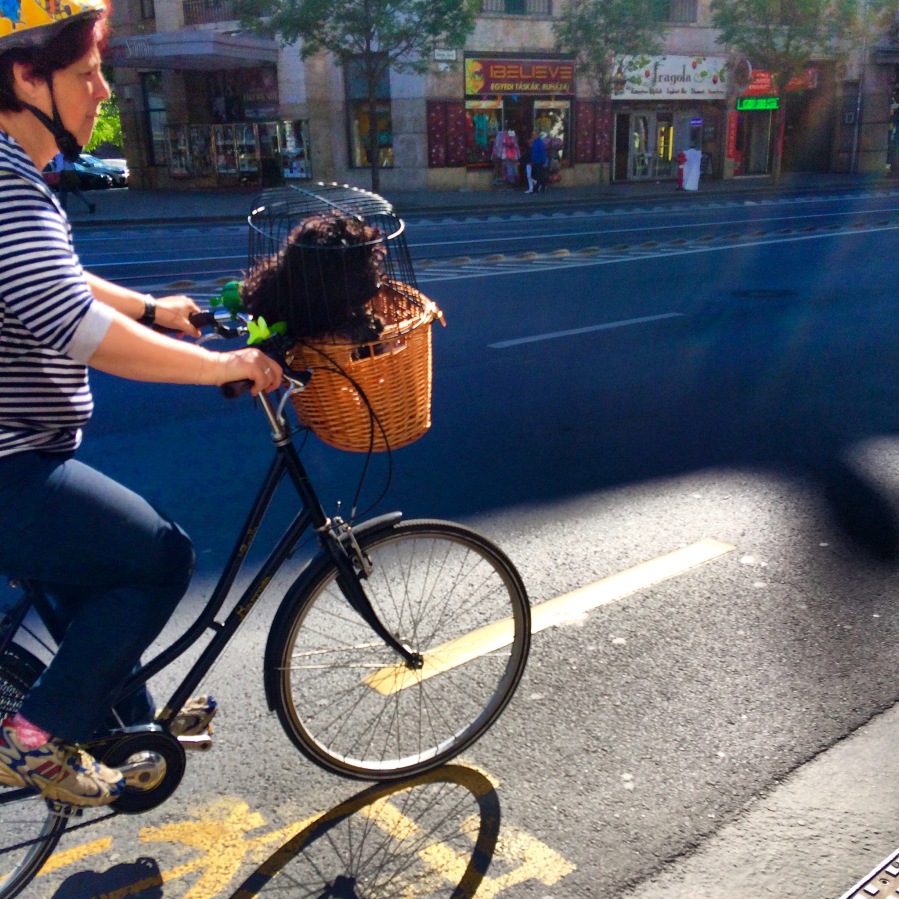

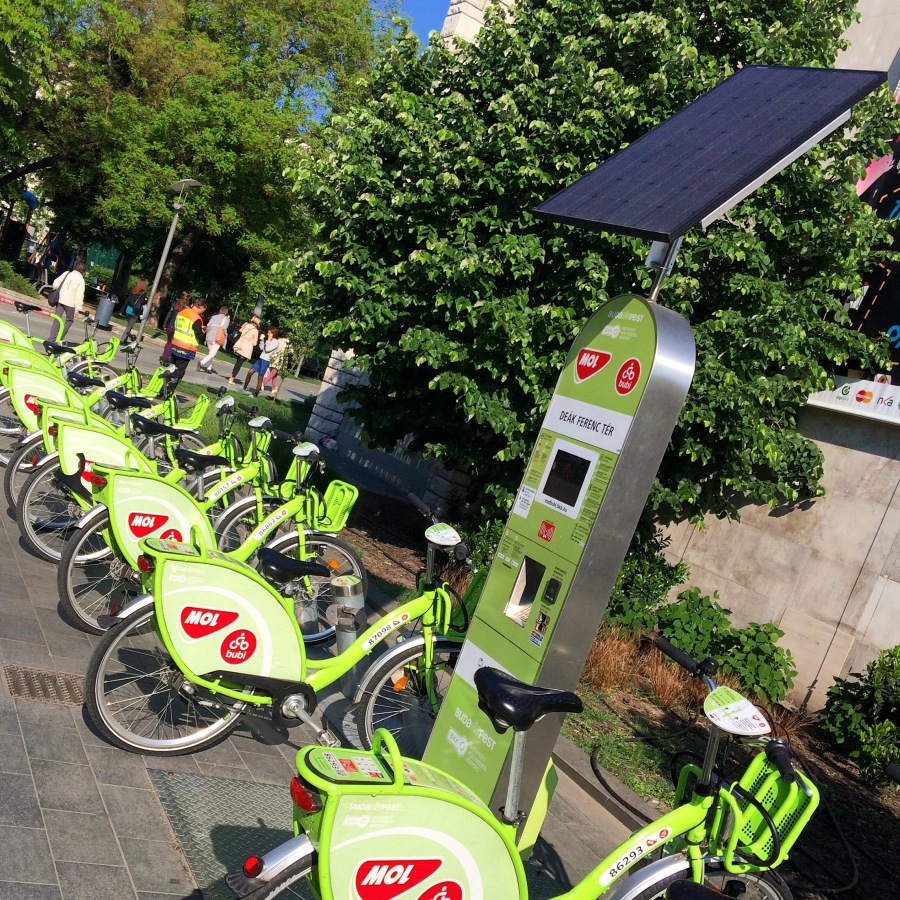
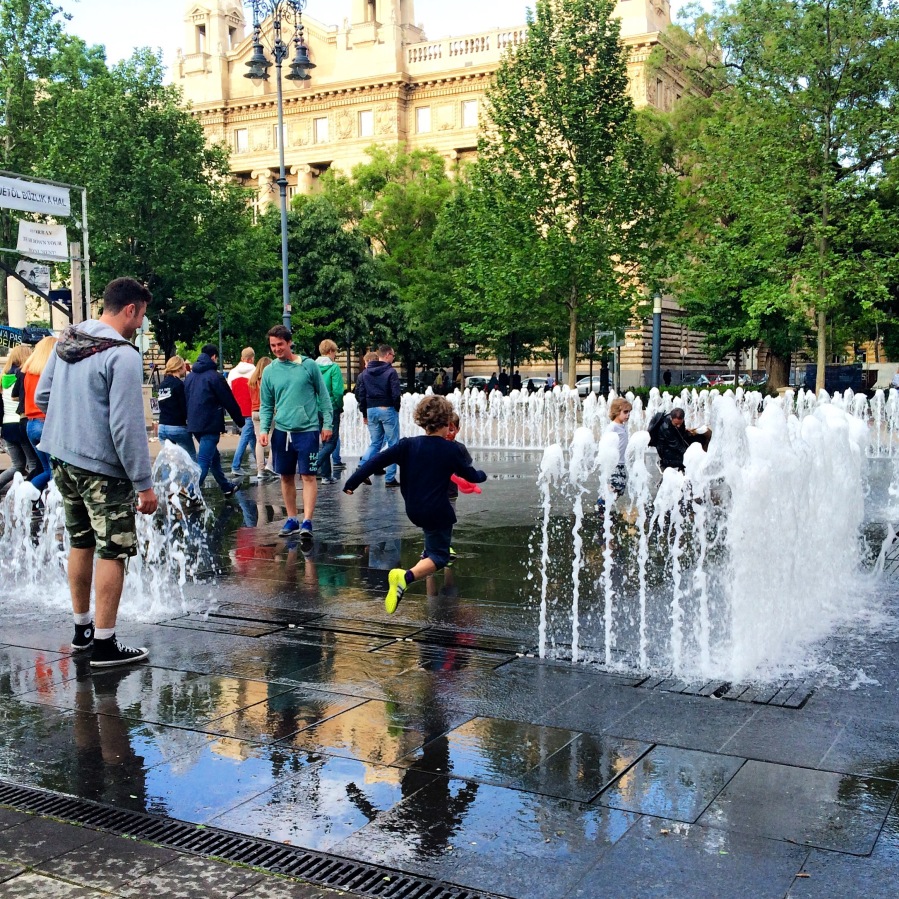




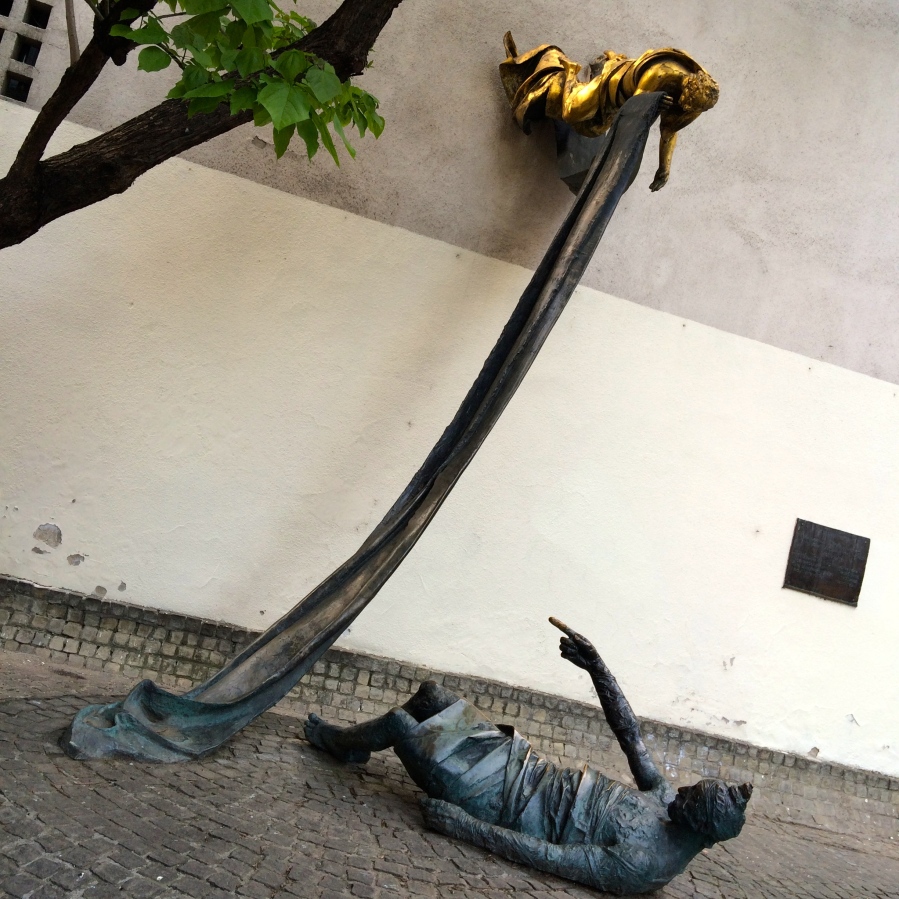
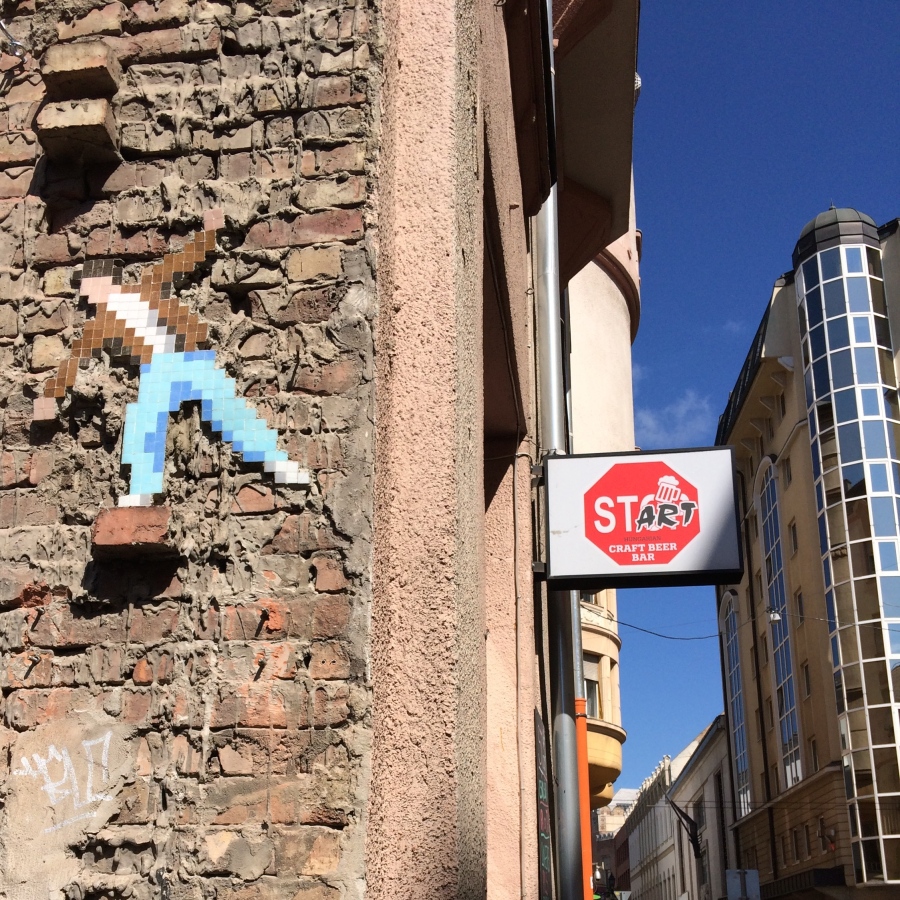
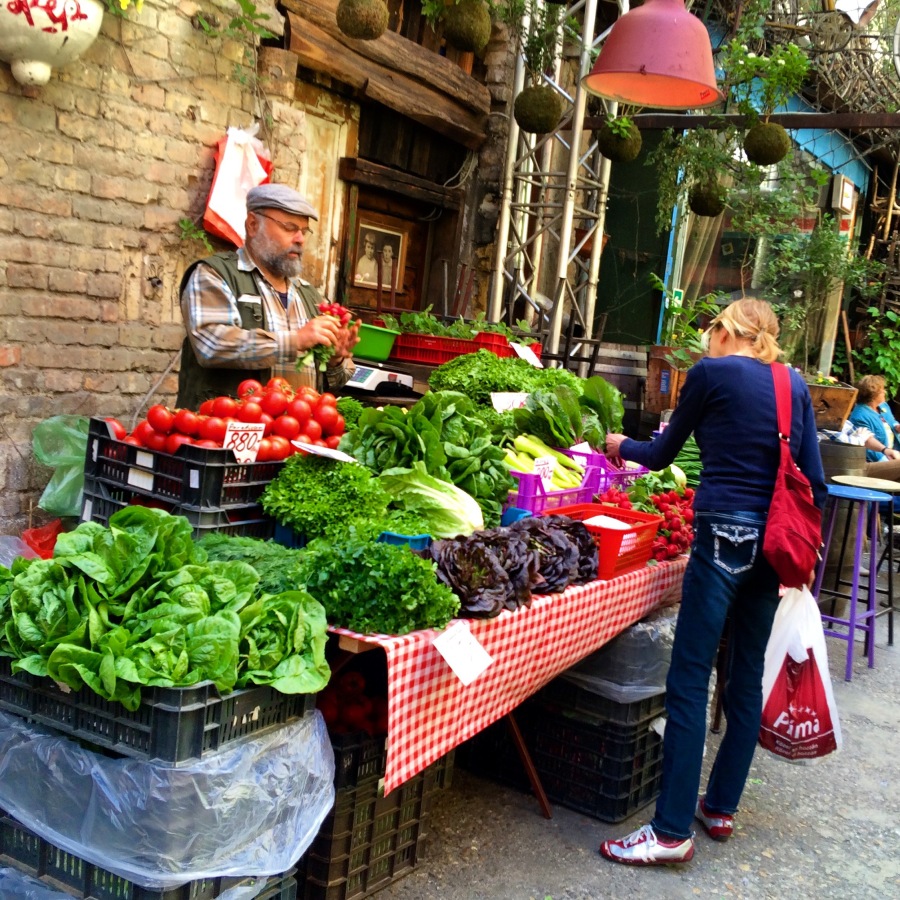

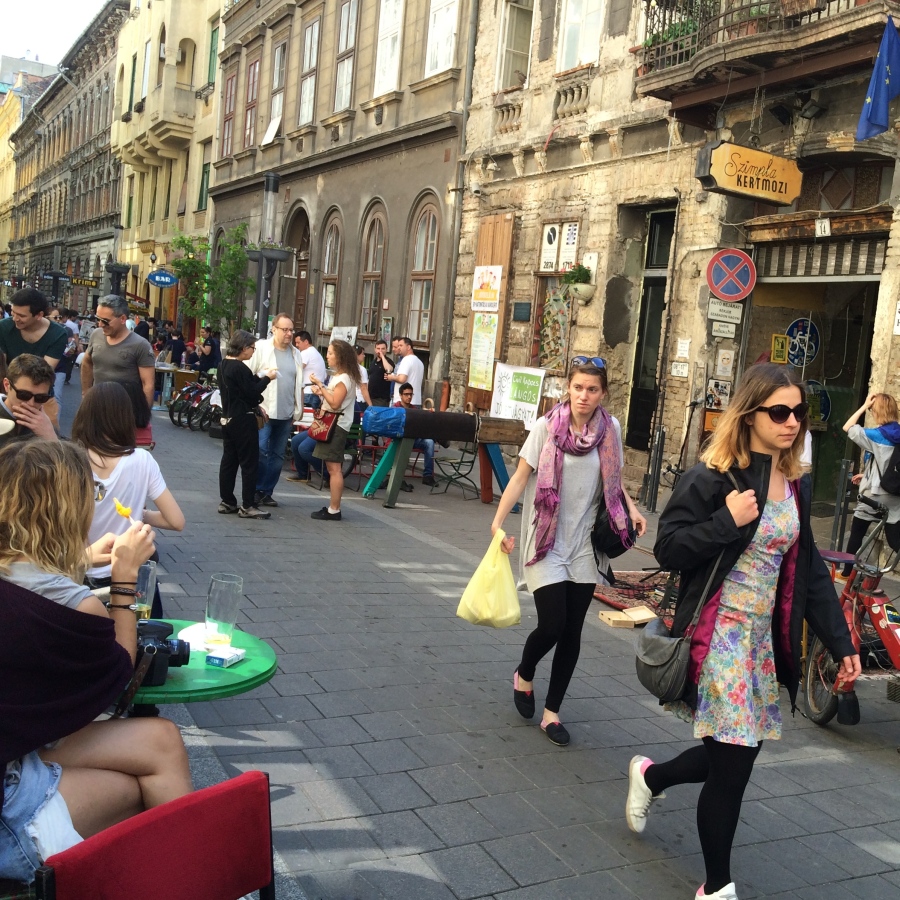
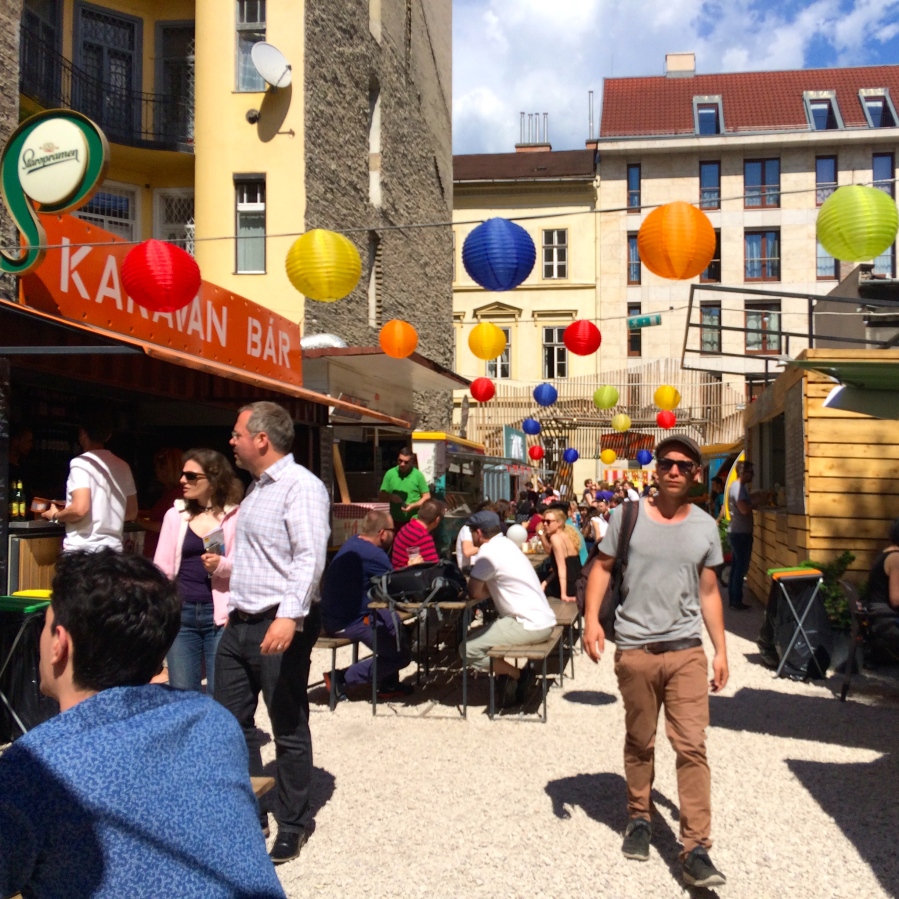

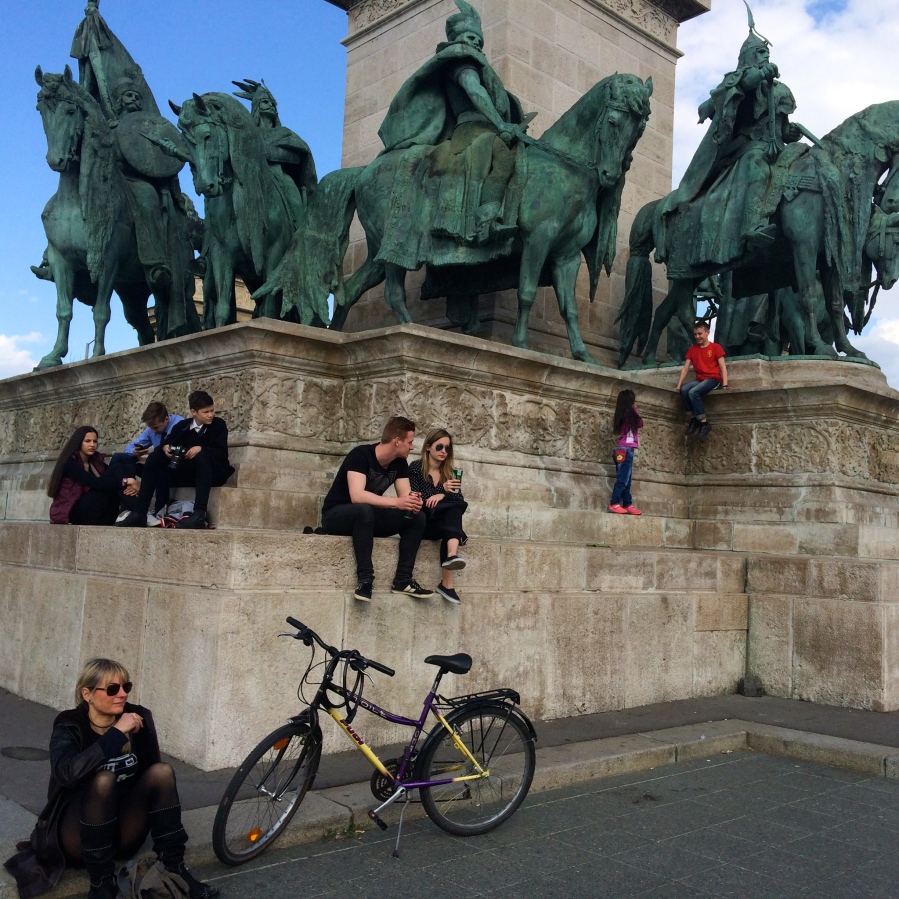

Reblogged this on Sustainable Smart Cities and commented:
Great piece on a great city – thanks Jen – hope you don’t mind me re-blogging!
[…] Budapest has long held a special place in my heart, more than just the home to my alma mater, Central European University. The city is incredibly beautiful and deeply creative. It has an amazing bar scene that makes use of dilapidated buildings or unused lots, turning them into so-called ruin pubs, popular with locals and tourists. It hosts a plethora of fantastic festivals that take over streets, its Chain Bridge, the city castle and other public spaces. And Budapest has an inspirational ability to think creatively about the public realm, turning vehicular streets into pedestrian spaces, removing car traffic and parking (permanently…) to fill these spaces instead with bars, cafés, city benches and gardens. Lately though, Budapest’s mission to return public spaces to the people has moved from a focus on its streets to its bridges. […]